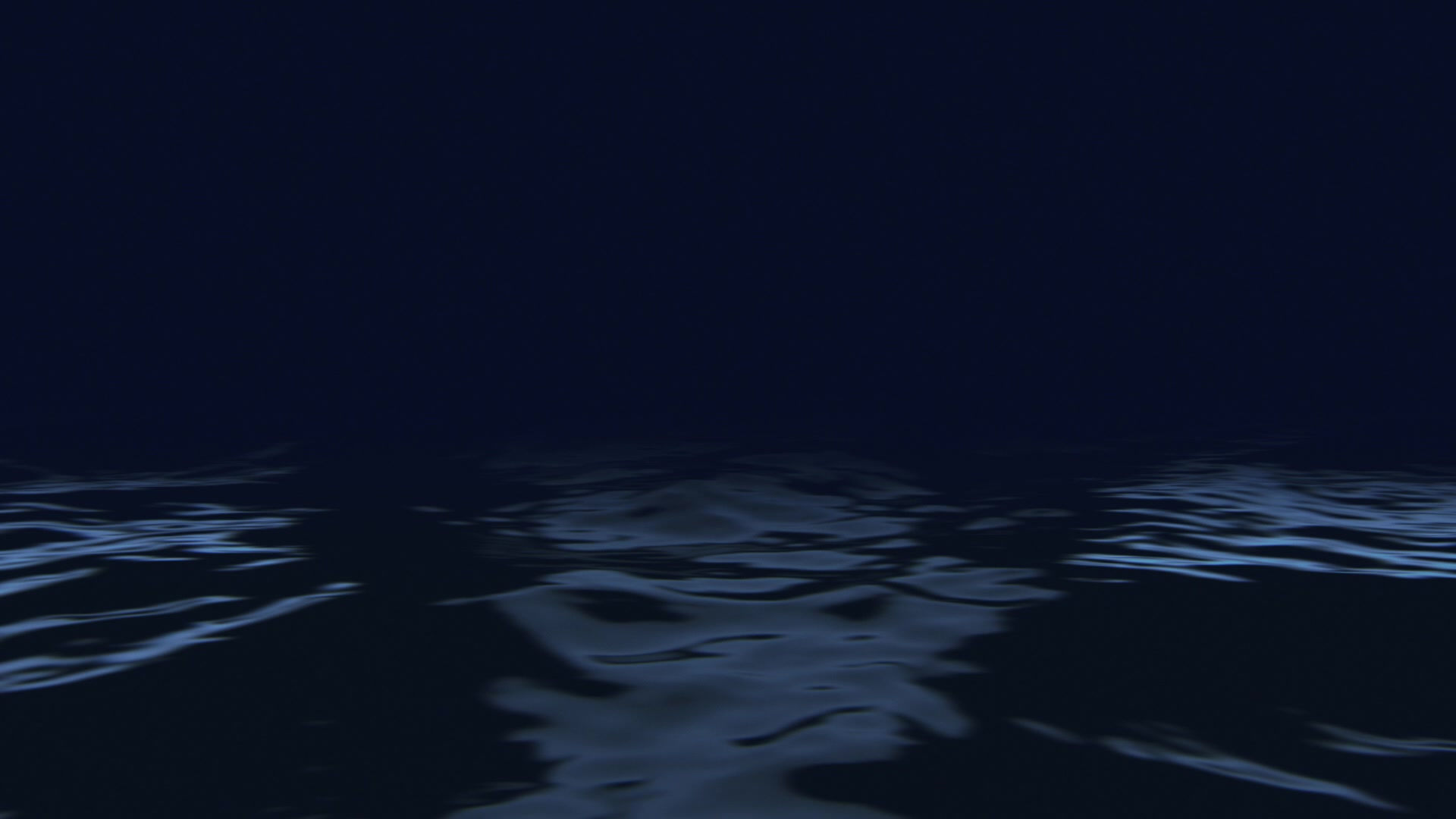
Human-Machine Collaboration
Seeing Things: Technology for Visual Learning
Project Motivation
In the digital age, we are increasingly visual learners, learning best when text is complemented by images and objects. But visual materials – whether precious museum objects, fragile library materials, or indeed landscapes and built environments – can only be accessed directly in specific locations and special circumstances. In addition, conventional print technology is limited as a tool for visual learning. Printed reproductions of visual materials are often small in size, low in resolution, very expensive, or all of the above.
Physical books can only be obtained via a site visit and can only circulate within closed communities of users; and the speed of circulation fails to cope with demand at precisely those moments in the learning process when they are most needed.
However, high-resolution digital images are now available in exponentially growing quantities. Museums, libraries and educational institutions around the world are publishing digital images of their collections, many of them open access and licensed for reuse free of charge. Heritage organisations are making available high-quality images of landscapes, cityscapes, buildings, and other large-scale heritage. Photogrammetry and augmented reality provide opportunities to ‘handle’ three-dimensional objects, and educational videos and dynamic tools are proliferating on the internet.
‘Cabinet’ is a platform on which communities of academics can collaborate in assembling multimedia materials and weaving them together into interlinked sets of world-class, interactive teaching materials. Instantly accessible for use in and outside the lecture hall, classroom or tutorial, these open access materials can help attract non-traditional students, narrow the gap between teaching and research, provide new means of demonstrating institutional commitment to excellence in teaching, and engage the ‘incurably curious’ in heritage organisations outside formal education altogether.
This test bed is upgrading the existing Cabinet platform and creating an exemplary portfolio of material to generate recommendations for best practice and proposals for exponential growth in the further development of this approach.
Principal Contributors
Prof Howard Hotson
Dr Kathryn Eccles
Nandy Millan
Downloadable PDF
Testbed - Coming soon